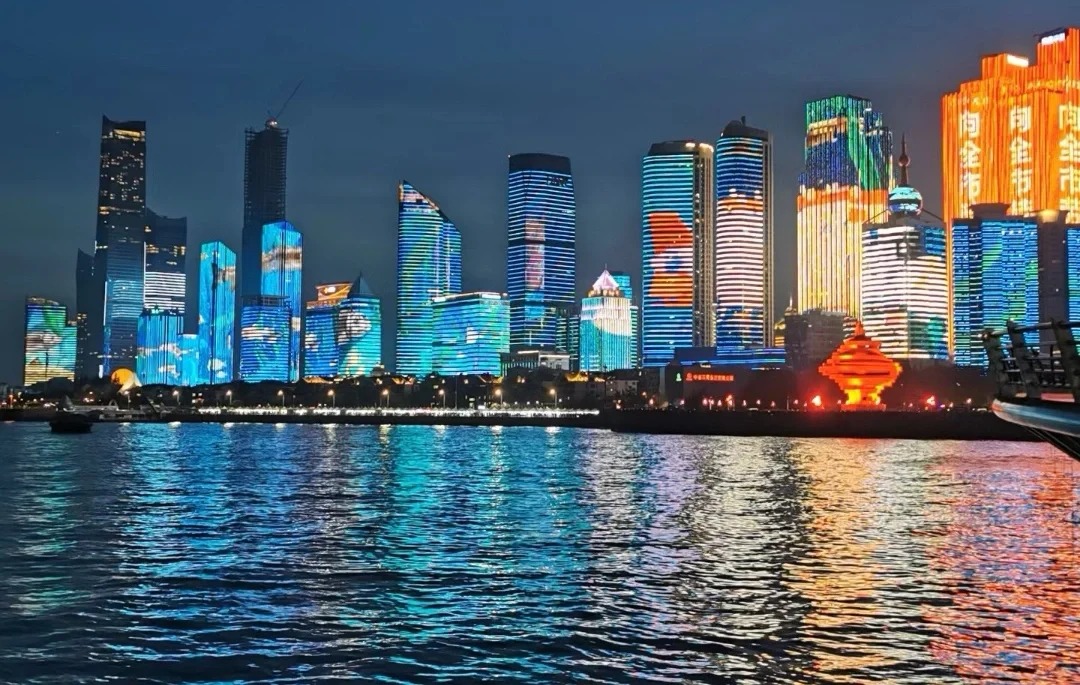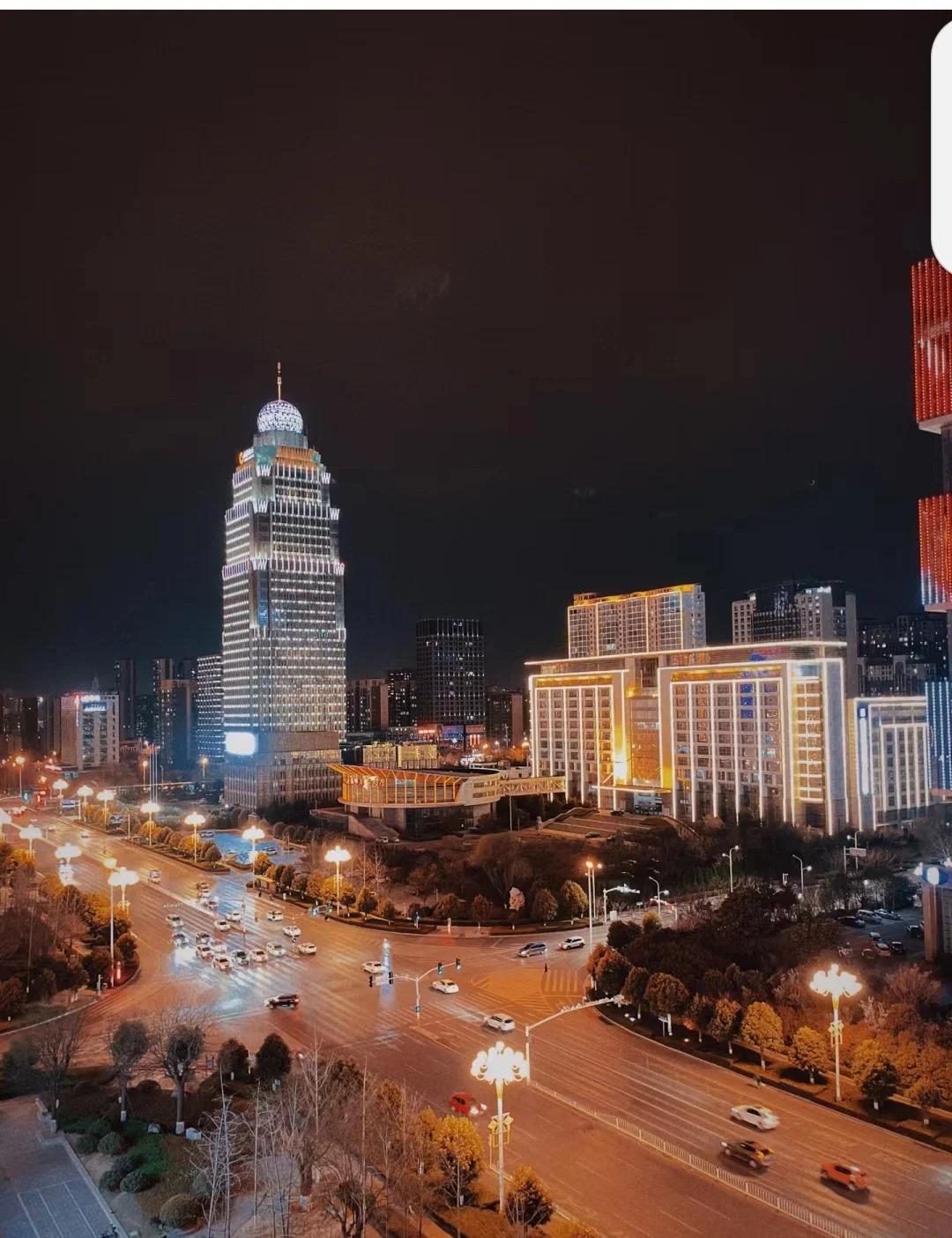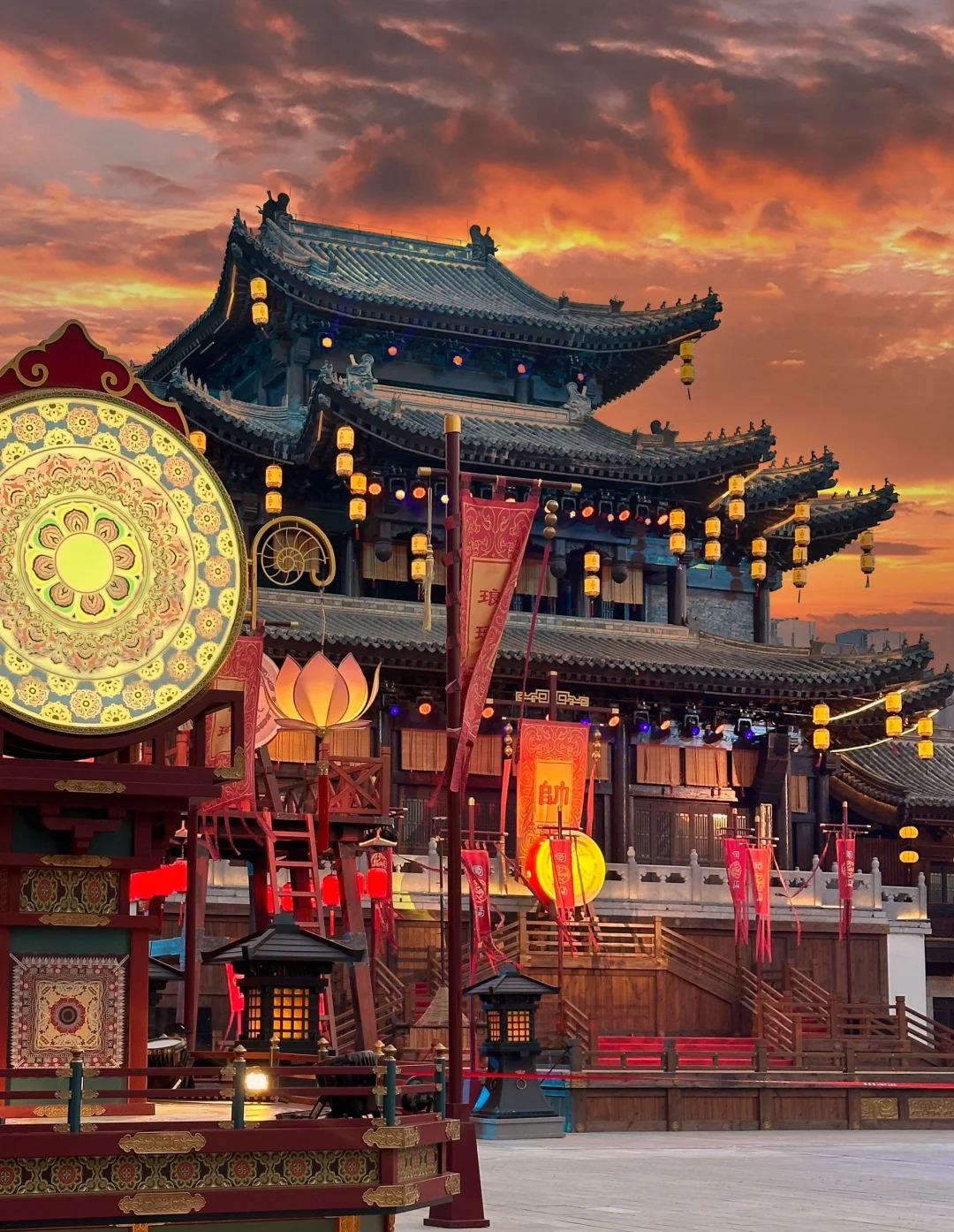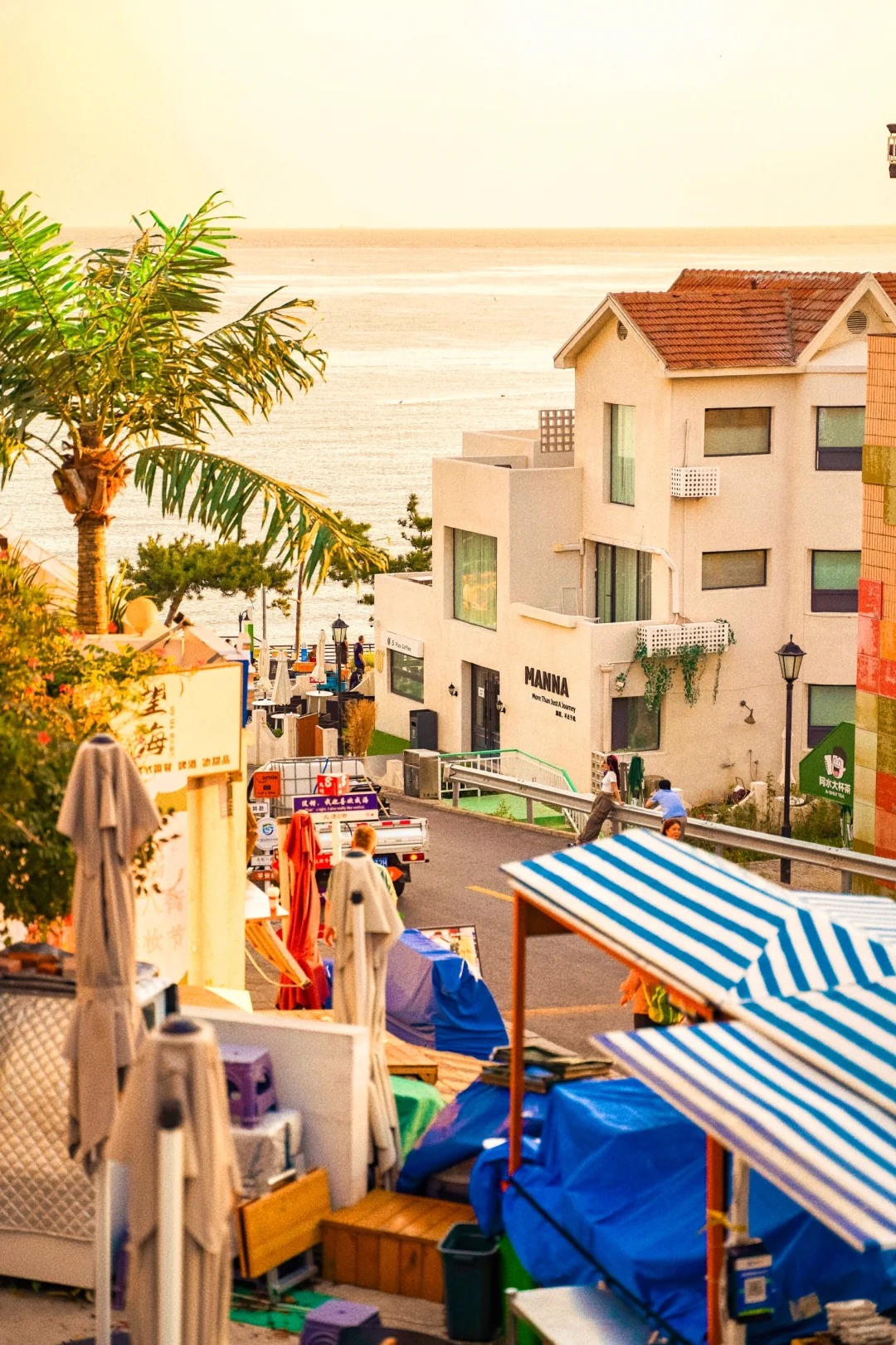Introduction to Shandong Province
Shandong, a coastal province in eastern China, is a land where ancient wisdom meets modern dynamism. Nestled between the Yellow River and the East China Sea, Shandong boasts a rich tapestry of history, culture, and natural beauty.
Key cities like Jinan, Qingdao, and Qufu serve as gateways to the province’s diverse attractions. With a history spanning thousands of years, Shandong has been a cradle of Chinese civilization, giving birth to philosophers like Confucius and Mencius.
Today, Shandong stands as an economic powerhouse, blending traditional industries with cutting-edge technology. Its cultural significance, coupled with its economic vigor, makes Shandong a microcosm of China’s past, present, and future.

Historical and Cultural Landmarks
Shandong’s landscape is dotted with sites of immense cultural importance:
- Mount Tai: A UNESCO World Heritage Site, this sacred mountain has been a place of worship for millennia.
- Qufu: The birthplace of Confucius, featuring the Temple and Cemetery of Confucius, and the Kong Family Mansion.
- Qingdao: Known for its unique blend of Chinese and German architecture, a legacy of its colonial past.
| Landmark | Significance | Best Time to Visit |
|---|---|---|
| Mount Tai | Sacred Taoist site | April to October |
| Qufu Confucian Sites | Center of Confucian culture | September (Confucius Cultural Festival) |
| Qingdao Old Town | German colonial architecture | May to October |
These sites offer visitors a journey through time, from ancient Chinese philosophy to recent colonial history.
Natural Wonders and Scenic Areas
Shandong’s diverse geography provides a wealth of natural attractions:
- Laoshan Mountain: A coastal mountain combining Taoist spirituality with breathtaking scenery.
- Yantai Coastline: Miles of pristine beaches and rugged cliffs.
- Penglai Pavilion: A mystical site associated with Taoist legends of immortality.
- Yellow River Delta: A vast wetland ecosystem where the Yellow River meets the sea.
Each of these locations offers unique experiences, from spiritual retreats to ecological exploration, showcasing Shandong’s natural diversity.

Culinary Delights of Shandong
Shandong cuisine, known as Lu cuisine, is renowned for its fresh ingredients and delicate flavors:
- Dezhou Braised Chicken: A dish that takes days to prepare, known for its tender meat and rich flavor.
- Jiaodong Seafood: Fresh catches from the Yellow Sea, prepared with minimal seasoning to highlight natural tastes.
- Qingdao Beer: The famous Tsingtao Brewery offers tours and tastings of China’s most iconic beer.
Street food in cities like Jinan and Qingdao provides a window into local flavors, with specialties like Jinan’s “Soup Dumplings” and Qingdao’s “Fried Clams”.

Modern Shandong and Urban Attractions
Shandong’s cities offer a blend of modernity and tradition:
- Jinan: Known as the “City of Springs”, it balances natural beauty with urban development.
- Qingdao: A major port city famous for its beaches, beer, and as the host of Olympic sailing events.
- Weifang: Celebrated as the World Kite Capital, it hosts an annual international kite festival.
- Yantai: Emerging as China’s premier wine region, it offers vineyard tours and wine tastings.
These urban centers showcase Shandong’s economic vitality and cultural innovation, providing visitors with modern comforts alongside traditional experiences.

Traditional Arts and Festivals
Shandong’s cultural calendar is rich with events and artistic traditions:
- Shandong Opera (Lüju): A local opera style known for its emotional depth and historical themes.
- Paper Cutting and Kite Making: Ancient crafts still practiced and celebrated, especially in Weifang.
- International Confucius Cultural Festival: Held annually in Qufu, celebrating Confucian philosophy and Chinese culture.
- Qingdao International Beer Festival: Asia’s largest beer festival, featuring brews from around the world.
These events offer visitors a chance to immerse themselves in Shandong’s living cultural heritage.

Practical Travel Information
To make the most of your Shandong adventure:
- Getting There:
- Major airports in Jinan, Qingdao, and Yantai
- High-speed rail connects Shandong to Beijing, Shanghai, and other major cities
- Best Times to Visit:
- Spring (April-May) and Autumn (September-October) for mild weather
- Summer for beach activities in Qingdao and Yantai
- Avoid Chinese New Year (January/February) when many sites close
- Getting Around:
- Extensive bus and train networks connect major cities
- Taxis and ride-sharing apps available in urban areas
- Consider renting a car for exploring rural areas
- Recommended Itineraries:
- 3-Day Trip: Jinan springs, Qufu Confucian sites
- 5-Day Trip: Add Mount Tai and Qingdao
- 7-Day Trip: Include Yantai and Penglai Pavilion
Shandong Province offers a journey through the heart of Chinese culture, from ancient philosophy to modern innovation. Its diverse landscapes, from sacred mountains to golden beaches, provide a backdrop for exploration and reflection. Whether you’re savoring the flavors of Lu cuisine, tracing the steps of Confucius, or marveling at the blend of old and new in its vibrant cities, Shandong promises an unforgettable experience. As you plan your visit, remember that each city and site in Shandong tells a unique story of China’s enduring civilization, inviting you to become part of its continuing narrative.





